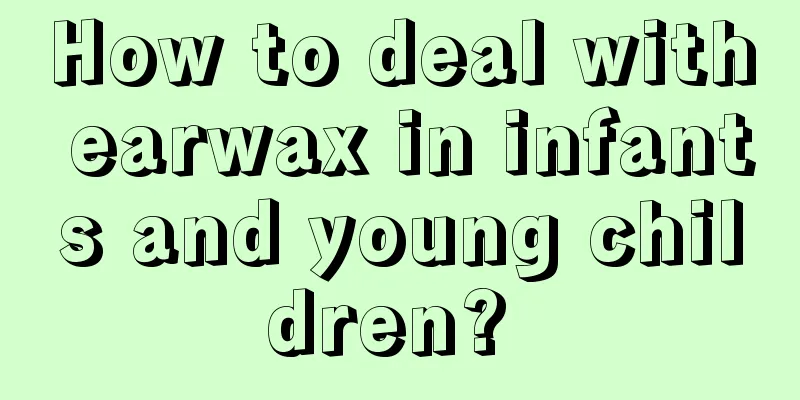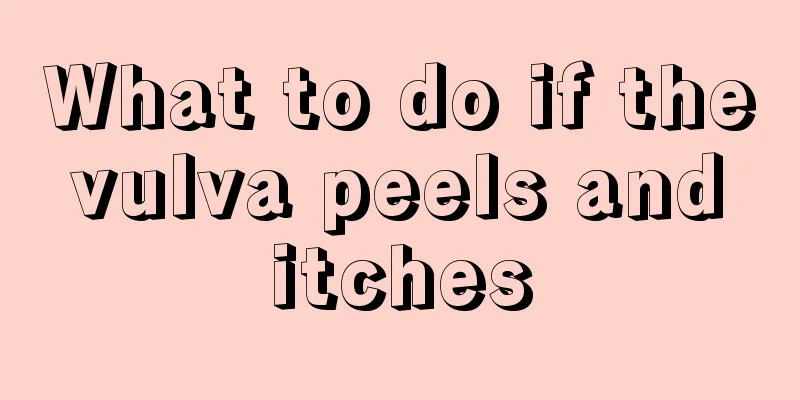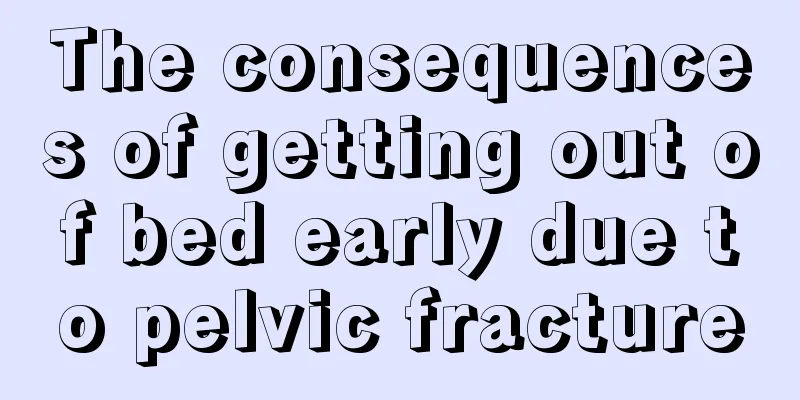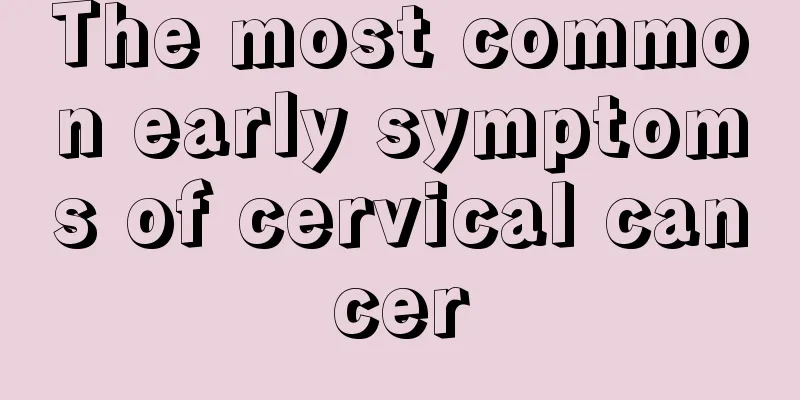How to deal with earwax in infants and young children?

|
Everyone has earwax in their ears, which is commonly known as cerumen. Adults can feel that there is earwax in their ears, and then they will take many methods to get it out. However, if there is earwax in a baby's ears, it will be more difficult to deal with. After all, the baby's ear canal is very small and the skin is very delicate. So the following introduces the correct way to deal with baby's earwax. How to deal with earwax in infants and young children? Earwax is a substance secreted by the cerumen glands on the skin of the human external auditory canal, which is medically known as "cerumen". Adults can clean earwax with cotton swabs, ear spoons, and long fingernails. The cerumen glands of newborn babies secrete more vigorously, and the external auditory canal is relatively narrow and long, the muscles are relatively loose, and the joints are not strong enough when chewing. Normally, earwax is not easy to be discharged, and a darker, yellowish-brown, very sticky oily substance often forms in the external auditory canal, commonly known as "oily earwax". This is a normal phenomenon. Mothers can use a cotton swab dipped in water to gently wipe the baby's external auditory canal to remove earwax. If earwax is secreted too much and condenses into hard lumps, it will cause blockage of the external auditory canal. At this time, once water enters the ear, the earwax plug will naturally expand, irritate the skin of the ear canal, and easily cause external ear canal inflammation. In this case, the baby's earwax should be thoroughly cleaned. However, because the baby's ear canal is narrow and the skin is delicate, if the adult cleaning method is used, it is easy to cause damage to the baby's ear canal and eardrum. At the same time, most babies do not accept others making excessive movements on their ears. They will twist their heads around, or simply refuse to cooperate or even cry, which may cause mothers to accidentally injure their baby's eardrums. Therefore, it is best to take your baby to the hospital and ask an ENT doctor for help, and never force your baby to remove earwax at home. Cleaning your baby's earwax requires two steps The first step is to give your baby 1-2 drops of ear drops before he goes to bed. When applying the medicine, let the baby lie on the bed or hold him on your lap, with his head turned sideways, with the healthy ear at the bottom and the diseased ear at the top. After the medicine is dripped in, let the child maintain this position for 2 minutes to allow the earwax to be fully diluted. The second step is to put an earplug made of sterilized cotton ball into the baby's diseased ear. Remove the earplugs the next day. Earwax may stick to them and be removed from the ear canal. If the above methods do not work, you should go to the hospital to seek help from a doctor. The doctor will wear an otoscope to "reconnoiter" the baby's ears, estimate the amount of earwax and the degree of blockage in the ear canal, and then use a syringe to inject warm water into the baby's ears to flush out the earwax. The entire flushing process may make the baby feel a little uncomfortable, but it will not cause pain to the baby, nor will it hurt the baby's ear canal and eardrum. It is very safe. |
<<: How to get rid of nasal mucus in infants and young children?
>>: Should infants and young children eat DHA?
Recommend
What medicine should I take for thyroid cancer
What medicine should I take when I have thyroid c...
How to care after primary liver cancer surgery? 6 treatment methods for primary liver cancer
Primary liver cancer has a fairly long natural co...
What to do if you have severe allergies? Eat these foods if you have allergies
Skin allergies are very common and are not a seri...
What should I do if my knees hurt after climbing? What kind of damage will it cause?
Some friends experience knee pain after climbing ...
What to do if you are short due to genetics
Height is a hard indicator for many professions. ...
Can a sexless marriage last a lifetime?
Marriage is what every man and woman in love look...
The most effective way to remove formaldehyde
After buying a new house, it needs to be decorate...
Peitu Shengjin Chuai Decoction for treating middle and late stage lung cancer
Traditional Chinese medicine emphasizes the treat...
How to use oily shampoo
Oily shampoo is a shampoo used by people with oil...
What are the mid-term symptoms of esophageal cancer
What are the mid-stage symptoms of esophageal can...
Can I eat seafood after getting rabies vaccine
Rabies vaccine is mainly used to prevent the body...
What are the main rehabilitation treatments for ovarian cancer?
With the progress of the times, people's livi...
What is the preferred test for diagnosing colon cancer at present?
The fast-paced society has caused subtle changes ...
Why does my skin itch after soaking my feet?
If your skin becomes itchy after soaking your fee...
What is the cause of nasopharyngeal carcinoma metastasis
What is the cause of nasopharyngeal carcinoma met...









